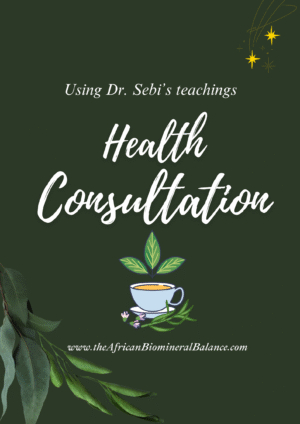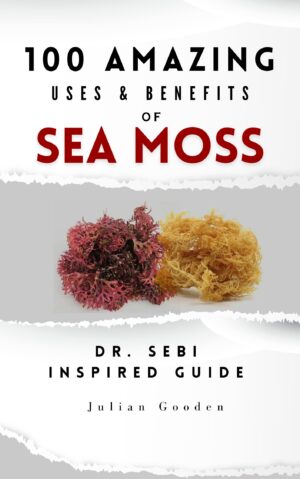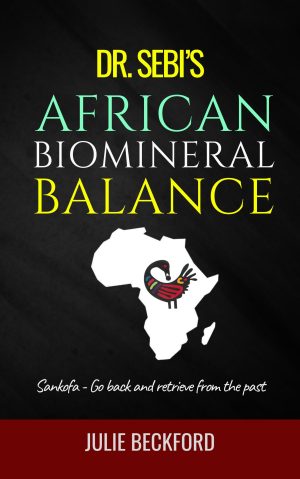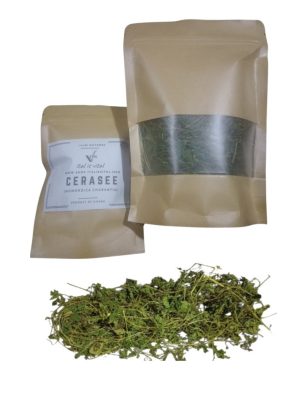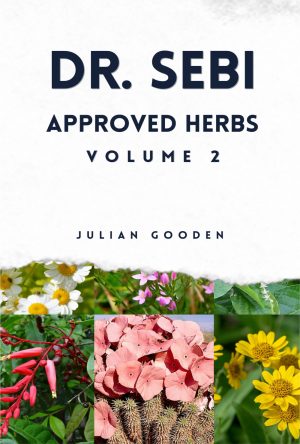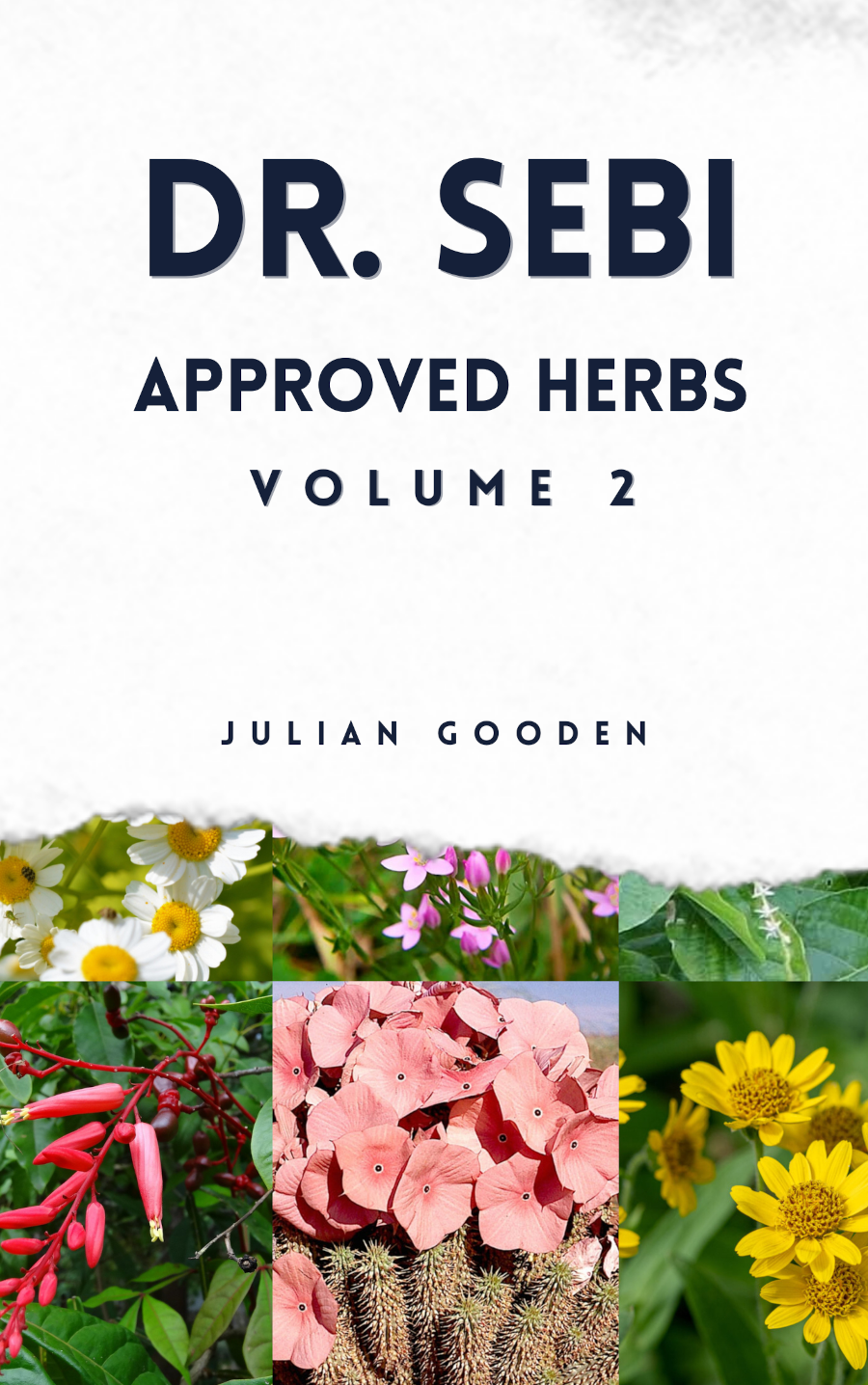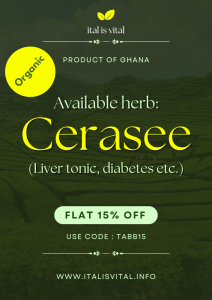Why Indigenous Plants Are the Heart of Karura Forest
During a 2021 visit to Karura Forest in Nairobi, I had an eye-opening experience that shifted how I view the plants around us. As our guide led us through the lush trails of this man-made urban forest, he pointed out something surprising: not all trees here belong. Some were imported, non-native species, and they’re causing more harm than good. This got me thinking about the teachings of Dr. Sebi, who emphasized the importance of plants that naturally belong to their environment. His ideas, paired with my Karura experience, inspired me to dig deeper into why indigenous plants are vital—not just for Karura, but for any ecosystem, man-made or natural. Here’s what I learned and why I think it’s worth sharing.
A Lesson from Karura: Native vs. Non-Native
Karura Forest, a green oasis in the heart of Nairobi, didn’t always exist as it does today. It’s a man-made forest, carefully planted to restore degraded land and create a haven for wildlife and people. But as our guide explained, some of the trees here, like eucalyptus from Australia, aren’t native to Kenya. These non-native species were likely chosen for their fast growth or economic value, but they’re disrupting the forest’s balance. They compete with local plants, use excessive water, and don’t always support the birds, insects, and other wildlife that call Karura home.
This was a revelation for me. I used to think any “natural” plant was good for the environment, but Karura showed me that where a plant comes from matters. Indigenous plants—those that have grown in a region for thousands of years—are the backbone of a healthy ecosystem. In Karura, native species like the Croton megalocarpus or the African olive (Olea europaea subsp. cuspidata) are perfectly suited to the local soil, climate, and wildlife. They thrive without extra care and create a vibrant habitat for creatures like the Hartlaub’s turaco or local pollinators.
Why Indigenous Plants Are Essential
After reflecting on my Karura visit and Dr. Sebi’s teachings, I realized indigenous plants are more than just greenery—they’re the foundation of life in their environment. Here’s why they matter so much:
1. They Support Local Wildlife
Native plants and animals have co-evolved over millennia – some believe, forming tight-knit relationships. In Karura, indigenous trees like Warburgia ugandensis (the East African greenheart) provide food and shelter for local birds and insects. Non-native trees, like eucalyptus, often don’t offer the right nectar or fruit, leaving wildlife hungry or homeless. Imagine a butterfly looking for a specific native plant to lay its eggs—non-natives just won’t do.
2. They Save Resources
Indigenous plants are naturals at surviving in their home environment. They need less water, no chemical fertilizers, and are resistant to local pests. In a man-made forest like Karura, this means lower maintenance costs and a lighter environmental footprint. Non-native species, on the other hand, can be resource hogs. Eucalyptus, for example, is notorious for guzzling groundwater, which can dry out streams or wetlands in the forest.
3. They Keep Ecosystems Balanced
Native plants help regulate soil health, water cycles, and even the local climate. Their deep roots prevent erosion, while their leaves provide shade and store carbon. Non-native species can throw this balance off. Some, like the invasive Prosopis juliflora (mesquite) found in parts of Kenya, spread aggressively, choking out native plants and reducing biodiversity.
4. They Connect Us to Culture
Dr. Sebi often talked about how indigenous plants are tied to human health and heritage. In Kenya, native plants like Moringa oleifera or the sacred mugumo tree (Ficus natalensis) have been used for centuries in medicine, food, and rituals. Planting these in Karura not only supports the ecosystem but also honors the cultural wisdom of communities like the Mijikenda. Non-native plants rarely carry this deep significance.
The Trouble with Non-Native Plants
Non-native plants, like those I learned about in Karura, can cause big problems, even in a man-made forest. Some were planted for practical reasons—eucalyptus grows fast and is great for timber, for instance—but they come with downsides:
- Invasiveness: Non-native species can become invasive, spreading beyond the forest and harming nearby ecosystems. In Kenya, plants like Lantana camara have taken over landscapes, outcompeting native flora.
- Wildlife Disconnect: Non-native trees often don’t provide the right resources for local animals, reducing biodiversity.
- Fire and Water Risks: Eucalyptus, for example, is highly flammable, increasing wildfire risks, and its thirst for water can strain Karura’s resources.
These issues show why even a man-made forest like Karura needs to prioritize native species to function like a natural ecosystem.
Problematic Non-Native Species at the Forest
Karura Forest has been significantly impacted by several problematic non-native species, both large trees planted for timber and smaller, aggressive invasive plants. Here are some key examples:
1. Large Plantation Trees (Exotic Timbers):
- Eucalyptus spp. (Eucalyptus, Gum Trees): These are perhaps the most well-known problematic non-native trees in Karura. They were extensively planted for their fast growth and timber production. However, they are highly problematic because:
- High Water Consumption: Eucalyptus trees are notorious for their high water uptake, which can significantly deplete water tables and negatively impact surrounding indigenous vegetation that relies on those water sources.
- Alleopathic Properties: Their leaves can release chemicals that inhibit the growth of other plants, making it difficult for native species to regenerate in areas where eucalyptus grow.
- Poor Biodiversity Support: They often form monocultures, offering limited habitat and food sources for native wildlife compared to diverse indigenous forests.
- Difficult Stump Disposal: Their stumps are notoriously hard to remove, often re-sprouting vigorously, requiring continuous management.
- Cupressus spp. (Cypress): Another common plantation tree, cypress species (like Cupressus torulosa and Cupressus lusitanica) were also widely planted for timber. While perhaps less impactful on water than eucalyptus, they still contribute to monocultures and displace native species.
- Grevillea robusta (Silky Oak): While also used in agroforestry, this Australian native can become invasive and outcompete native species if not managed.
- Araucaria cunninghamii (Hoop Pine): Another exotic timber species that formed plantations in the forest.
2. Invasive Alien Species (Understory and Sprawling Plants):
- Lantana camara (Lantana): This is one of the most aggressive and pervasive invasive alien species in Karura. It forms dense thickets, effectively choking out the understory and preventing the regeneration of native seedlings. It’s also known to be poisonous to livestock. The manual removal of Lantana camara is a major ongoing effort in the forest.
- Caesalpinia decapetala (Mauritius Thorn): This thorny, scrambling shrub or climber is another highly invasive species that forms impenetrable thickets, smothering native vegetation and making areas inaccessible.
- Cestrum aurantiacum (Orange Cestrum): This species is known to form dense stands in degraded forest gaps and open areas, preventing the establishment of other plant species. It competes aggressively with native species, partly due to its allelopathic properties, and can be poisonous to livestock.
- Melinis repens (Natal Grass): While sometimes helping to fight regrowth of other invasives after clearing, it’s a naturalized species that can quickly take hold and compete with native regeneration.
- Prosopis juliflora (Mesquite, Mathenge): Although more of a problem in arid and semi-arid regions of Kenya, where it has devastated livelihoods, it is also an invasive woody weed that can appear in different ecosystems. Its deep roots, fast growth, and thorns make it highly competitive.
- Opuntia spp. (Prickly Pear Cactus): While sometimes introduced for ornamental purposes, certain Opuntia species can become invasive, forming dense thickets that outcompete native plants and make areas difficult to traverse. Their spines are also dangerous to wildlife and livestock.
The management strategy in Karura Forest involves the systematic removal of these problematic non-native species, followed by the replanting and nurturing of a diverse range of indigenous trees, shrubs, and climbers, to restore the forest to its natural ecological state.
It’s important to note that while species like Eucalyptus, Cypress and Opuntia are ecologically detrimental in Karura due to their invasive and allelopathic characteristics, they are not inherently “bad” plants. In their native environments, they play crucial ecological roles, and even possess valuable medicinal or nutritional properties, Dr. Sebi included these three species as alkaline healing plants and included them in herbal recommendations. However, their introduction to Karura Forest has disrupted the natural balance, demonstrating that a species’ suitability is entirely dependent on its ecological context. The ongoing efforts to remove these non-native species and restore indigenous vegetation are therefore vital for the long-term health and biodiversity of this crucial urban forest.
Dr. Sebi’s Wisdom and Karura’s Lesson
Dr. Sebi, a herbalist who championed natural living, opened my eyes to the idea that not all plants are equal. He taught that indigenous plants, as products of their environment, are best for both nature and human health. His focus on native plants resonates with what I saw in Karura. A forest—whether natural or human-made—thrives when it’s built on plants that belong there. Non-native species might look nice or grow fast, but they can disrupt the harmony that indigenous plants create.
How We Can Help
My trip to Karura Forest left me inspired to spread the word about indigenous plants. Here are some ways we can all make a difference:
- Learn About Native Plants: Discover the native species in your area or in places like Karura. In Nairobi, look for trees like the Cape chestnut (Calodendrum capense) or the Nairobi acacia (Acacia kirkii). Understanding their role is the first step.
- Support Conservation: Organizations like the Friends of Karura Forest are working to remove non-native species and replant natives. Consider volunteering or donating to their efforts.
- Plant Native: If you garden or work on community projects, choose indigenous plants. They’re low-maintenance and great for local wildlife.
- Share the Knowledge: Talk to friends and family about why native plants matter. My Karura experience and Dr. Sebi’s teachings sparked this post—your story could inspire someone else!
Final Thoughts
Karura Forest, though man-made, taught me that ecosystems thrive when they’re rooted in the plants that belong there. Indigenous species are the heart of a healthy environment, supporting wildlife, saving resources, and connecting us to our cultural roots. Non-native plants, while sometimes useful, can tip the balance in ways we don’t always expect. Thanks to Dr. Sebi’s insights and my walk through Karura, I’m committed to learning more and advocating for native plants wherever I go. Next time you’re in a forest—man-made or not—take a moment to notice the plants and ask: do they belong here? That simple question could change how you see the world around you.
Have you visited Karura or learned about native plants in your area? Share your thoughts in the comments—I’d love to hear your story!







